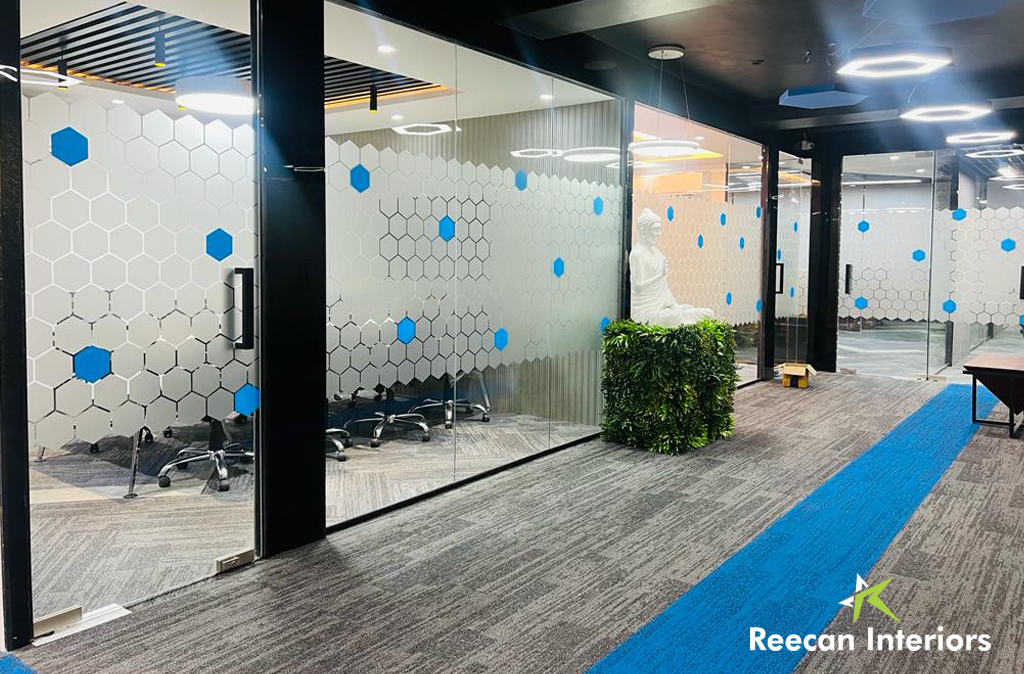Diethylcarbamazine Over The Counter is a well-established antiparasitic medication primarily used for the treatment of filarial infections, such as lymphatic filariasis, tropical pulmonary eosinophilia, and loiasis. Containing the active ingredient Diethylcarbamazine (DEC), it works by killing both the adult worms and the microfilariae (larval stage) of parasites. A common question among patients prescribed this drug is: How long does it take for Banocide Forte to work?
In this article, we’ll explore the onset of action, factors affecting its efficacy, what to expect during treatment, and how to monitor progress.
1. Understanding the Action of Banocide Forte
Banocide Forte is effective against tissue-dwelling filarial parasites. Its active compound, Diethylcarbamazine, works by:
-
Paralyzing microfilariae, making them easier to be cleared by the immune system.
-
Disrupting the parasite’s membrane structure, especially in adult worms.
-
Triggering an immune response to remove the worms from the body.
Because it tackles both larval and adult stages of the parasites, Banocide Forte is often preferred over other antiparasitic medications in endemic regions.
2. Typical Timeframe: How Long Does It Take to Work?
The onset of action of Banocide Forte generally begins within a few days to a week, but complete symptom relief and elimination of the infection can take several weeks depending on:
-
Severity of infection
-
Type of filarial disease
-
Patient’s immune response
-
Adherence to dosage and duration
In General:
| Condition | Symptom Improvement | Parasite Clearance |
|---|---|---|
| Lymphatic Filariasis | 5–10 days | 3–6 weeks |
| Tropical Pulmonary Eosinophilia | 3–7 days | 2–4 weeks |
| Loiasis | 7–14 days | 4–6 weeks |
Patients typically start noticing symptomatic relief within the first week of treatment, especially in fever, inflammation, and lymph node swelling. However, full recovery, which includes killing adult parasites and resolving long-term damage, may take longer.
3. Factors That Influence How Fast It Works
Several factors can influence the response time of Banocide Forte:
a. Infection Severity
-
Mild infections respond faster, usually within 2 to 4 weeks.
-
Chronic or severe infections may require 8 to 12 weeks of treatment or more.
b. Parasite Load
-
A higher burden of microfilariae in the blood or tissue takes longer to clear, requiring a longer treatment course.
c. Adherence to Dosage
-
Following the prescribed dosage (usually 100-200 mg 3 times a day) ensures optimum blood levels for the drug to act effectively.
d. Immune Response
-
Since the immune system plays a crucial role in clearing out dead parasites, a weakened immune system may delay the effect.
e. Combination Therapy
-
Sometimes Banocide Forte is combined with Albendazole or Ivermectin for enhanced efficacy. In such cases, patients often see faster improvements.
4. What to Expect After Starting Banocide Forte
Early Response (Days 1–5)
-
Fever, rash, or itching may occur due to the body’s reaction to dying parasites (Jarisch-Herxheimer reaction).
-
Some individuals may feel fatigue or body aches.
-
Swelling in lymph nodes may start reducing slightly.
Short-Term Response (Week 1–2)
-
Noticeable relief from inflammation, itching, and pain.
-
Improved breathing in cases of tropical pulmonary eosinophilia.
-
Decrease in microfilariae levels in the blood.
Mid-Term Response (Weeks 3–6)
-
Significant symptom relief, reduced eosinophil count (for eosinophilia cases).
-
Adult worms start dying, and tissue recovery begins.
-
Lymphatic swelling (lymphedema) may reduce gradually.
Long-Term Recovery (Weeks 6–12 and beyond)
-
Complete elimination of microfilariae from the bloodstream (confirmed via lab tests).
-
Tissue repair continues, although some damage may be irreversible in chronic cases.
-
Patients may still require follow-up treatment or prophylactic therapy in endemic areas.
5. Diagnostic Monitoring: How to Know It’s Working
a. Blood Smear Microscopy
-
Measures microfilariae levels.
-
Repeated at intervals to ensure parasite clearance.
b. Symptom Tracking
-
Reduction in swelling, itching, and inflammation.
-
Improved mobility and comfort.
c. Eosinophil Count
-
In cases like tropical pulmonary eosinophilia, a drop in eosinophil count indicates response.
d. Ultrasound or Imaging
-
Used in chronic lymphatic filariasis to track adult worm nests or lymphatic damage.
6. What If It Takes Too Long to Work?
In some cases, Banocide Forte may take longer to work or may appear ineffective. Possible reasons include:
-
Incomplete course or missed doses.
-
Drug resistance (rare but possible in long-endemic areas).
-
Misdiagnosis – symptoms may be due to another condition.
-
Need for combination therapy with other antiparasitic agents.
If symptoms persist beyond 6–8 weeks or worsen, consult your healthcare provider. You may need a repeat course, an adjusted dose, or a different medication altogether.
7. Tips for Faster and Safer Recovery
-
Take the medication with food to reduce gastric irritation.
-
Drink plenty of fluids to help eliminate toxins from dying parasites.
-
Avoid alcohol or NSAIDs unless approved by your doctor.
-
Complete the full prescribed course—even if you feel better early.
-
Report any severe side effects immediately (e.g., allergic reactions, high fever, breathing difficulty).
Conclusion
Banocide Forte is a powerful medication that typically begins working within a few days, offering relief from symptoms like swelling, fever, and itching. However, complete elimination of parasites and full recovery may take several weeks, depending on the infection type and patient-specific factors.
Patience, proper dosage adherence, and close monitoring are key to achieving full therapeutic success. If you’re concerned about your progress while on Banocide Forte, always seek medical advice for timely adjustments or alternative treatments.






